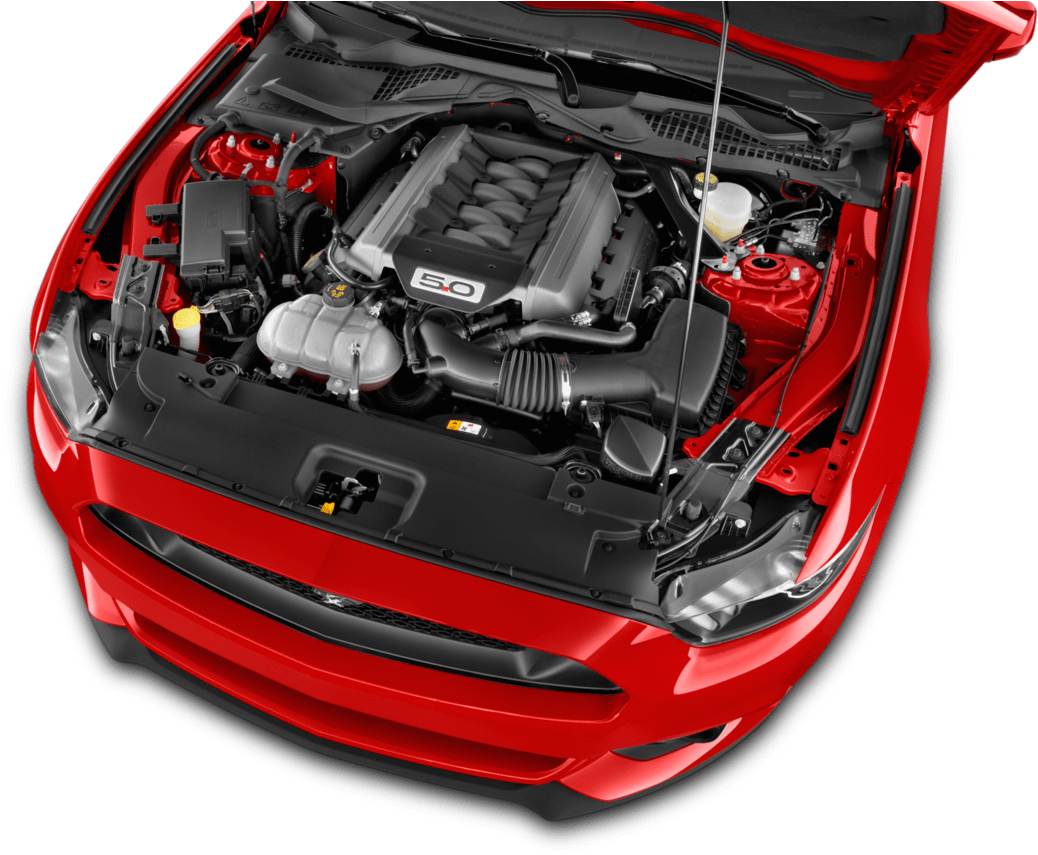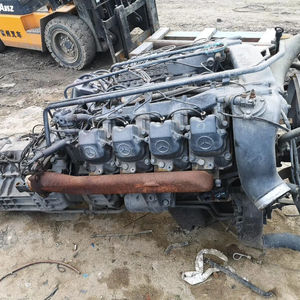Opel Corsa Engine: Efficiency and Reliability for Your Vehicle
Opel Corsa Engine: Efficiency and Reliability for Your Vehicle
Blog Article
Discovering the Inner Functions of a Compact Vehicle's Engine System
As drivers, we usually take for granted the elaborate processes that take place within the boundaries of our vehicle's engine system. In this expedition of a compact car's engine system, we will certainly unravel the inner workings of this mechanical symphony, dropping light on the secrets that drive us forward on our day-to-day trips.
Burning Process Introduction
The burning process in a compact lorry's engine system is a crucial system that efficiently transforms fuel into power to power the lorry. This process happens within the combustion chamber of the engine, where gas and air mix, ignite, and create controlled explosions. The burning procedure contains four major stages: intake, exhaust, power, and compression.
During the consumption phase, the piston moves downward, drawing in a mix of air and gas into the combustion chamber. This down activity creates the power needed to drive the automobile. This cyclic burning procedure is basic to the procedure of a compact automobile's engine system, guaranteeing efficient power conversion for propulsion.
Piston and Cyndrical Tube Interaction

The piston's precise fit within the cyndrical tube is vital for keeping optimum compression and preventing power loss throughout burning. Tight clearances in between the piston and cylinder wall surfaces guarantee efficient sealing, allowing the piston to move efficiently without allowing gases to leak past. Proper lubrication is also essential to minimize rubbing and put on in between these parts, improving durability and performance.
Furthermore, the design and materials made use of in manufacturing the piston and cyndrical tube impact engine efficiency and longevity. Modern engines usually use lightweight yet resilient materials like light weight aluminum alloys for pistons and cyndrical tube linings to lower inertia and enhance thermal performance. In general, the unified communication in between the piston and cyndrical tube is essential to the engine's capability and overall performance.
Fuel Shot System Functionality
Gas injection systems in compact car engines play an important function in precisely providing fuel to the burning chamber for controlled and efficient ignition. The fuel injection system works by infusing gas right into the burning chamber at the optimum moment throughout the engine's procedure (opel corsa engine). This precise timing guarantees that the fuel mixes evenly with the air for correct combustion, resulting in enhanced fuel efficiency and minimized discharges
There are largely 2 sorts of fuel shot systems made use of in portable lorry engines: port gas injection (PFI) and straight fuel shot (DFI) PFI systems inject fuel into the consumption port prior to the intake shutoff, while DFI systems inject fuel straight right into the burning chamber. Both systems have their benefits, with DFI providing better gas atomization and PFI supplying a much more cost-efficient solution.
Recognizing Engine Air Conditioning Devices
Effective operation of a portable automobile's engine depends greatly on the effectiveness of its cooling systems. Engine air conditioning is vital to stop overheating, which can bring about serious damages and lowered performance. The cooling system in a compact vehicle normally includes several parts interacting to manage the engine temperature. One essential part is the radiator, which utilizes coolant to absorb heat from the engine. As the hot coolant streams with the radiator, it releases heat right into the air, cooling down before going back to the engine. The water pump distributes the coolant through the engine and radiator, making certain a try this site consistent circulation to regulate temperature. In addition, the thermostat helps control the coolant circulation to keep ideal engine temperature. Some cars also have cooling fans that trigger when additional cooling is needed, such as throughout hefty web traffic or heat. Comprehending these engine air conditioning mechanisms is crucial for maintaining the efficiency Full Report and longevity of a small vehicle's engine system.

Exhaust System Parts Explained
The optimal functioning of a small lorry's engine air conditioning devices depends on a complementary system called the exhaust system, which comprises different essential parts for ensuring efficient emissions and engine performance. The exhaust system consists of components such as the exhaust manifold, catalytic converter, muffler, and tailpipe. The exhaust manifold gathers exhaust gases from the engine's courses and cylinders them to the catalytic converter. The catalytic converter then converts damaging pollutants in the exhaust into less unsafe emissions before launching them with the muffler and tailpipe.
One crucial component of the exhaust system is the oxygen sensing unit, which checks the oxygen levels in the exhaust gases to help control fuel usage and guarantee optimum engine efficiency. opel corsa engine. Furthermore, the resonator may be existing in some exhaust systems to decrease sound degrees. On the whole, the exhaust system plays a vital function in preserving engine performance, reducing unsafe discharges, and making certain a quieter driving experience for portable lorry proprietors

Conclusion
In final thought, the portable car's engine system is an intricate combination of parts that interact to assist in the burning procedure, transform gas right into power, and expel waste gases. Understanding the inner functions of the engine system, consisting of the piston and cyndrical tube communication, fuel injection system, engine air conditioning systems, and exhaust system elements, is vital for preserving ideal performance and effectiveness of the automobile.
The burning process in a compact car's engine system is a critical device that effectively converts fuel into energy to power the car.Fuel injection systems in portable vehicle engines play an essential duty in precisely supplying gas to the burning chamber for efficient and controlled ignition.There are mainly 2 kinds of fuel injection systems utilized in small car engines: port gas injection (PFI) and straight fuel injection (DFI) Understanding these engine air conditioning devices is important for maintaining the efficiency and longevity of a portable lorry's engine system.
The ideal performance of a portable car's engine air conditioning devices depends on a complementary system recognized as the exhaust system, learn this here now which consists of numerous necessary parts for making certain efficient exhausts and engine efficiency.
Report this page